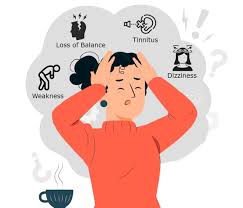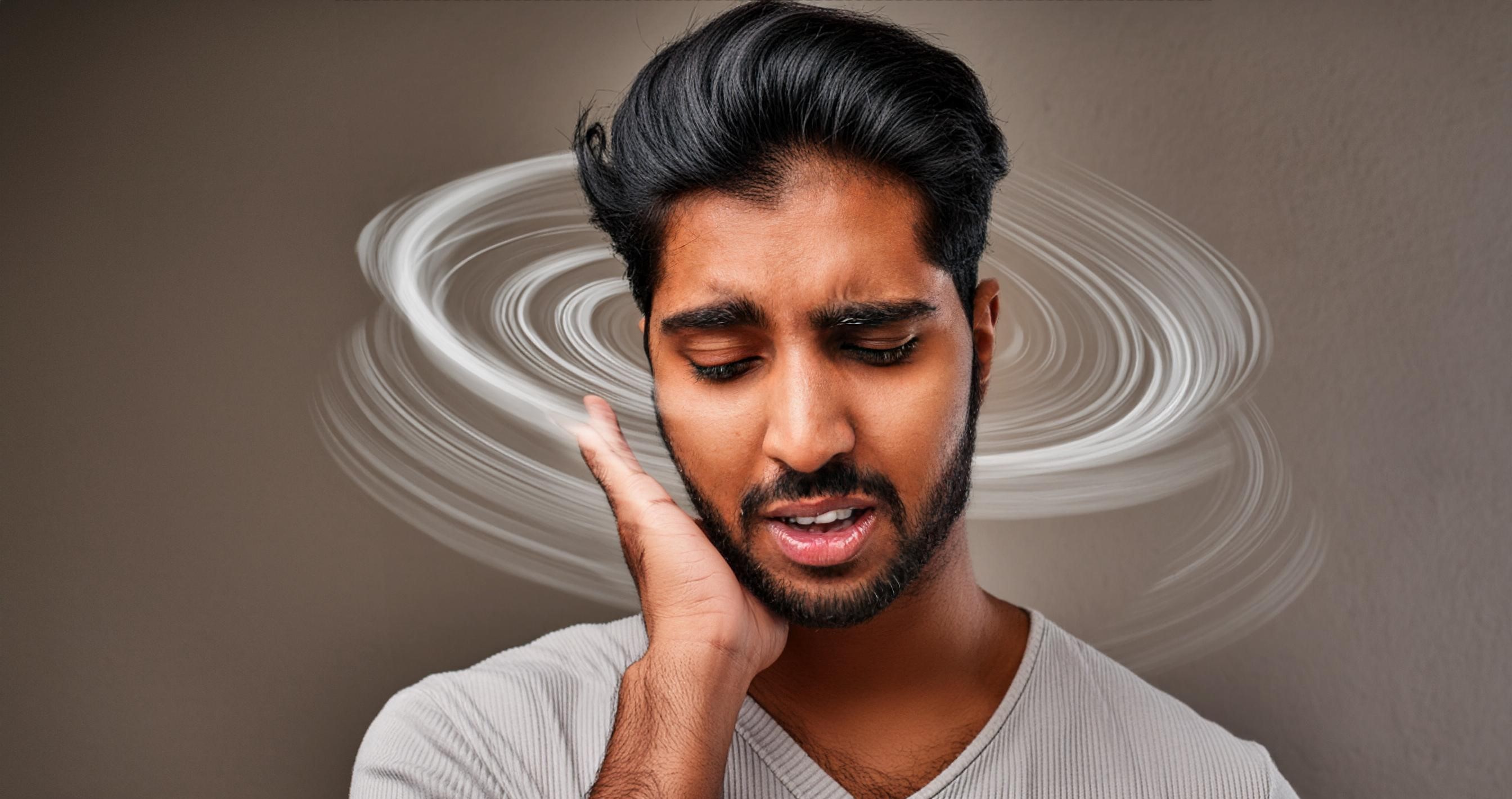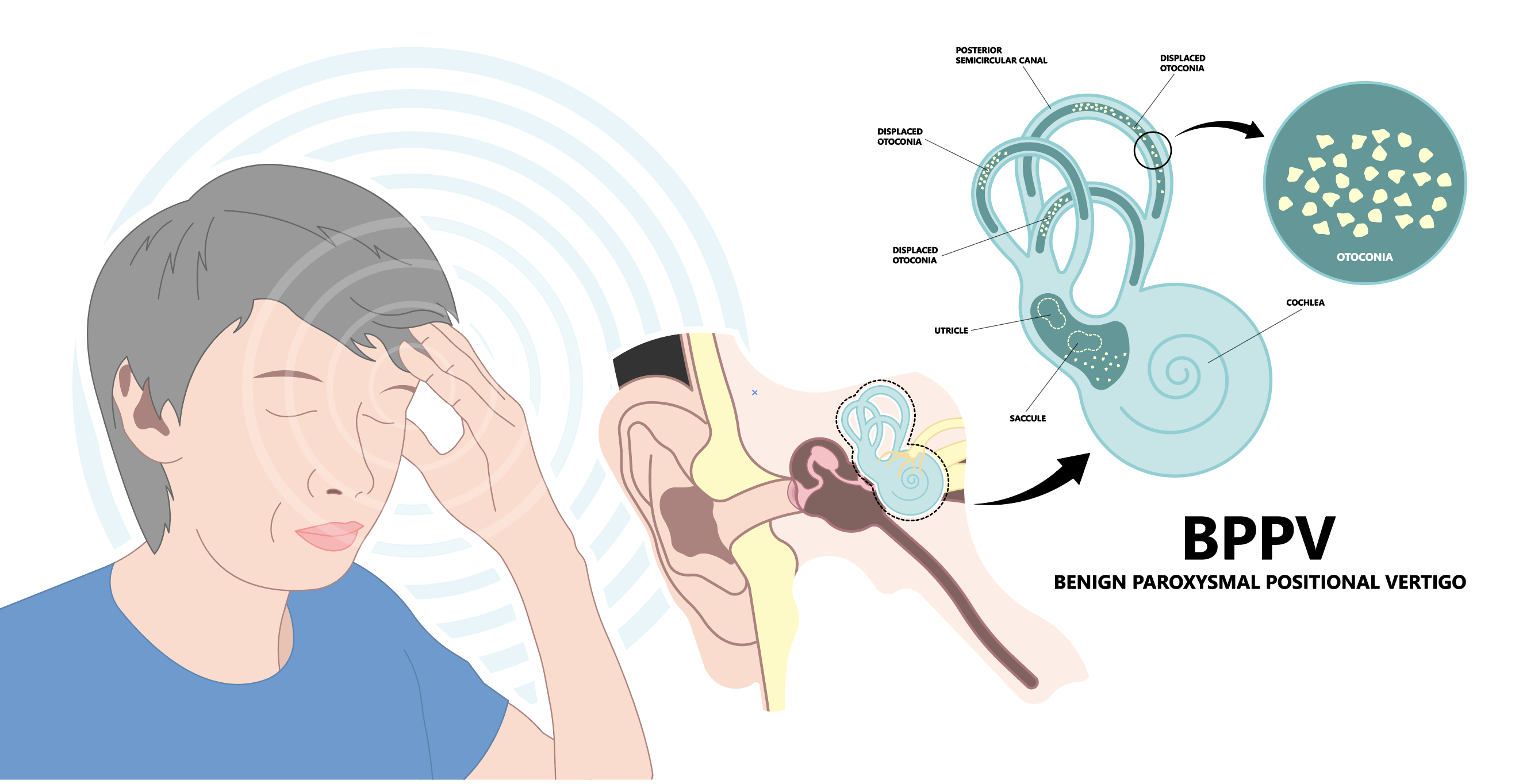Vertigo is a common which is regularly misconstrued condition that influences millions of people all over the world. It is characterized by a sensation of dizziness or spinning.
What is Vertigo?
Vertigo may be a type of dizziness that makes a sensation of turning or spinning, indeed when the person is stable. Not at all like common dizziness, which may include lightheadedness or a feeling of imbalance, vertigo regularly shows as a rotational or tilting sensation, making all the tasks disturbing and irritating.
Causes of Vertigo are as follows :
Benign Paroxysmal Positional Vertigo (BPPV):
|
One of the common causes of vertigo is BPPV it happens when there are not enough calcium particles which are referred to as canals build up within the internal ear canal, affecting the sense of balance. |
Meniere's Infection:
This internal ear clutter can cause vertigo, together with symptoms like ringing within the ears (tinnitus) and hearing loss.
Vestibular Neuritis and Labyrinthitis:
Aggravation of the inner ear or the vestibular nerve can lead to vertigo, along with nausea.
Migraine-Associated Vertigo:
A few people involve vertigo as a side effect of headaches, known as vestibular migraines.
Acoustic Neuroma:
A noncancerous tumor on the vestibular nerve can trigger vertigo.
Medicine Side Impacts:
Certain medicines, especially those affecting the internal ear or central apprehensive structure of the ear, may induce vertigo as a side effect.
Head Injury:
Harming the head or neck can often harm the vestibular structure, and that leads to driving to vertigo and other imbalance issues.
Symptoms of Vertigo:
The trademark symptom of vertigo may be a sensation of turning or movement when there's no actual movement.
Other common indications may include:
|
Nausea and vomiting are one of the most common causes of vertigo. Sweating. Irregular eye movements(nystagmus). Difficulty in walking or standing. Ringing in the ears (tinnitus). Hearing loss or changes in hearing affectability. |
 |
Diagnosis:
Diagnosing vertigo typically involves:
Dix-Hallpike Move:
A positional test is utilized to analyze BPPV by actuating vertigo through particular head movements.
Electronystagmography (ENG) or videonystagmography (VNG):
These tests can help to evaluate eye movements to observe vestibular work and to notice abnormalities.
Magnetic Resonance Imaging (MRI) or Computed Tomography (CT) Filter:
Imaging tests may be suggested to show structural variations in the brain or internal ear.
Management and Treatment:
Treatment for vertigo depends on the basic cause and may incorporate:
Canalith Repositioning Maneuvers:
Methods such as the Epley move or Semont move can reposition displaced canals in BPPV, reducing side effects.
Medications:
Anti-vertigo medications like meclizine or benzodiazepines may give symptomatic alleviation for acute vertigo conditions.
Vestibular Recovery Therapy (VRT):
VRT may be a specialized workout program designed to progress balance and decrease vertigo effects by adjusting adaptation components within the brain.
Lifestyle Adjustments:
Reducing triggers such as caffeine, alcohol, and over-the-top salt intake, as well as practicing stress-reduction strategies, can offer assistance in overseeing vertigo symptoms.
Surgical Intercessions:
In some cases where preservationist medicinal procedures aren't able to help in curing the symptoms or remaining or staying some minute structural variations, surgical procedures like vestibular nerve area or endolymphatic sac decompression may be required.
Vertigo is a complex condition that requires careful attention to its main causes, and side effects, it is better to know treatment options. People can get rid of such problems and may live a better life.

